Home>Furniture & Design>Living Room Furniture>How To Make A Dining Table Taller


Living Room Furniture
How To Make A Dining Table Taller
Published: January 5, 2024
Learn how to make your dining table taller with our expert tips and advice. Elevate your living room furniture and design with this simple DIY solution. Discover how to create a more functional and stylish space today!
(Many of the links in this article redirect to a specific reviewed product. Your purchase of these products through affiliate links helps to generate commission for Storables.com, at no extra cost. Learn more)
Introduction
So, you've found the perfect dining table, but there's just one problem: it's a bit too short for your liking. Maybe it's a vintage find that stole your heart, or perhaps it's a hand-me-down with sentimental value. Whatever the reason, you're determined to make it work. The good news is that making a dining table taller is a feasible project that can breathe new life into your beloved piece of furniture.
In this guide, we'll walk you through the process of elevating your dining table to new heights. From assessing the current table to choosing the right legs and executing the transformation, we've got you covered. By the end of this journey, you'll have a taller, more functional dining table that fits seamlessly into your space and lifestyle.
So, roll up your sleeves and get ready to embark on a DIY adventure that will leave you feeling accomplished and your dining area looking refreshed. Let's elevate that table!
Key Takeaways:
- Elevating a dining table involves assessing the current table, choosing the right legs, attaching the new legs, and sanding and finishing for a polished look.
- By carefully evaluating the table, selecting compatible legs, and executing precise attachment, you can transform your dining table into a taller, more functional centerpiece.
Read more: How To Make A Coffee Table Taller
Assessing the Current Table
Before diving into the process of making your dining table taller, it's essential to assess its current state. Start by thoroughly examining the table's structure, dimensions, and overall design. Consider the following aspects:
- Tabletop Material: Take note of the material used for the tabletop. Whether it's wood, glass, or another material, understanding its composition will help you choose compatible leg options.
- Tabletop Thickness: Measure the thickness of the tabletop, as this will influence the type and length of the new legs you'll need.
- Current Leg Attachment: Inspect how the existing legs are attached to the table. This will guide you in determining the best approach for removing them and attaching the new legs.
- Desired Height: Decide on the ideal height you want to achieve. Consider the comfort and functionality of the table for dining purposes.
Once you have a clear understanding of your table's current state and the desired changes, you can proceed to the next step: choosing the right legs to elevate your dining table.
Remember, this phase is crucial for laying the groundwork for a successful transformation. By carefully evaluating the existing table and setting clear goals, you're setting yourself up for a smooth and rewarding DIY experience.
Choosing the Right Legs
Now that you have a comprehensive understanding of your dining table, it’s time to select the perfect legs to elevate its height. When choosing new legs, consider the following factors to ensure a harmonious and functional transformation:
- Style and Aesthetic: Take into account the overall style of your dining table and the existing decor in your dining area. Whether you prefer sleek, modern legs or rustic, traditional ones, it’s essential to choose legs that complement the table’s design and the surrounding space.
- Material: Select a material for the new legs that aligns with the table’s aesthetic and practical requirements. Common options include wood, metal, and acrylic, each offering distinct visual and structural characteristics.
- Height and Stability: Ensure that the chosen legs are of the appropriate height to achieve your desired table elevation. Additionally, prioritize stability and weight-bearing capacity to guarantee a secure and reliable support system for the table.
- Attachment Method: Consider how the new legs will attach to the table. Depending on the table’s structure, you may opt for screw-in legs, plate-mounted legs, or other suitable attachment mechanisms.
While exploring leg options, don’t hesitate to seek inspiration from interior design resources, furniture stores, and online platforms. Visualizing various leg styles in the context of your dining table will help you make an informed decision that aligns with your vision for the transformed piece.
Once you’ve identified the ideal legs for your dining table, you’re ready to move on to the next phase: attaching the new legs and bringing your vision to life.
By carefully considering the style, material, height, and attachment method of the new legs, you’re laying the foundation for a successful and visually appealing table elevation. Your thoughtful selection will contribute to a cohesive and personalized dining space that reflects your unique taste and style preferences.
You can make a dining table taller by adding furniture risers or building a platform underneath the table legs. Make sure to measure and level the table before making any adjustments.
Attaching the New Legs
With the perfect set of legs in hand, it’s time to embark on the transformative process of attaching them to your dining table. This phase requires precision, attention to detail, and a methodical approach to ensure a secure and seamless integration of the new legs.
Before initiating the attachment process, gather the necessary tools and materials, including a power drill, screws or mounting plates, a measuring tape, and any additional hardware required for the specific leg attachment method. Once you’re equipped, follow these essential steps:
- Prepare the Table: Clear a spacious, well-lit area for the table and lay it on a flat, stable surface. Ensure that the tabletop is protected from scratches or damage during the leg attachment process.
- Mark Leg Placement: Using a measuring tape and a pencil, mark the precise placement of the new legs on the underside of the tabletop. Take into account the table’s dimensions and the desired overhang of the legs to achieve a balanced and visually pleasing arrangement.
- Drilling and Attachment: If the chosen legs require screw-in attachment, carefully drill pilot holes at the marked positions to prevent splintering and facilitate smooth screw insertion. For plate-mounted legs, align the mounting plates with the marked positions and secure them in place before attaching the legs.
- Secure the Legs: With the prepared holes or mounting plates in place, proceed to attach the new legs to the table using the designated hardware. Ensure that the legs are firmly secured and level, verifying their stability and alignment before proceeding.
- Test for Stability: Once the legs are attached, gently test the table for stability and balance. Make any necessary adjustments to the leg attachments to guarantee a level and secure foundation for your elevated dining table.
By methodically following these steps and exercising care throughout the attachment process, you’ll achieve a successful integration of the new legs, bringing your vision of a taller dining table one step closer to reality.
With the new legs securely attached, you’re ready to proceed to the next phase: sanding and finishing the table to ensure a polished and cohesive appearance.
Sanding and Finishing
Now that your dining table has been elevated with the perfect set of legs, it’s time to refine its appearance and ensure a smooth, polished finish. The sanding and finishing phase is essential for enhancing the visual appeal of the table while providing a protective and durable surface for everyday use.
Follow these steps to achieve a professional-grade finish for your newly elevated dining table:
- Sanding the Tabletop: Begin by sanding the tabletop to create a smooth and uniform surface. Use medium-grit sandpaper to eliminate any rough patches, imperfections, or previous finish remnants. Follow up with fine-grit sandpaper to achieve a silky, touchable texture.
- Applying a Finish: Select a finish that aligns with your aesthetic preferences and the table’s material. Whether it’s a clear varnish to accentuate the natural wood grain or a protective sealant for other materials, ensure that the chosen finish enhances the table’s visual appeal while offering long-term protection.
- Even Application: Apply the chosen finish evenly across the tabletop, following the manufacturer’s instructions for optimal results. Use smooth, overlapping strokes to achieve a consistent finish, and allow sufficient drying time between coats, if multiple applications are recommended.
- Final Touches: Once the finish has dried, inspect the tabletop for any irregularities or areas that may require additional attention. Address any imperfections with light sanding and carefully apply touch-up finish as needed to achieve a flawless and lustrous surface.
Throughout the sanding and finishing process, prioritize attention to detail and precision to ensure a refined and visually striking result. By investing time and care into this phase, you’ll elevate the overall aesthetic and longevity of your dining table, creating a stunning centerpiece for your dining area.
With the sanding and finishing complete, step back and admire the remarkable transformation of your dining table. The elevated height, coupled with the refined finish, has revitalized the table, infusing it with renewed elegance and functionality.
As you revel in the beauty of your elevated dining table, take pride in the craftsmanship and dedication that have brought this project to fruition. Your thoughtful approach and meticulous execution have yielded a stunning piece of furniture that seamlessly integrates into your living space.
Read more: How To Make A Marble Dining Table
Conclusion
Congratulations on successfully elevating your dining table to new heights! Through careful assessment, thoughtful leg selection, precise attachment, and meticulous finishing, you’ve transformed your beloved table into a stunning and functional centerpiece for your dining area.
By embarking on this DIY journey, you’ve not only achieved a tangible improvement in your living space but also honed your skills as a craftsman or craftswoman. The satisfaction of witnessing the transformation from start to finish is a testament to your dedication and creativity.
As you gather around your newly elevated dining table with friends and family, take pride in the fact that your vision and effort have breathed new life into this cherished piece of furniture. The elevated height not only enhances its aesthetic appeal but also elevates the dining experience, making every meal a delightful and comfortable affair.
Furthermore, the skills and knowledge gained from this project can be applied to future endeavors, empowering you to tackle more DIY furniture transformations with confidence and flair. Whether it’s revamping chairs, refurbishing cabinets, or customizing other pieces, the experience gained from elevating your dining table will serve as a valuable foundation for future projects.
As you revel in the joy of your elevated dining table, consider sharing your experience with others who may be inspired to embark on similar DIY ventures. Your journey can serve as a source of motivation and guidance for fellow enthusiasts looking to infuse their living spaces with personalized and transformative furniture upgrades.
In closing, the journey of making your dining table taller has not only resulted in a tangible enhancement of your living space but has also enriched your skills, creativity, and sense of accomplishment. Embrace the newfound elegance and functionality of your dining table, and let it stand as a testament to your ingenuity and passion for crafting a home that reflects your unique style and personality.
Here’s to the elevated dining experience and the enduring satisfaction of a DIY project brought to fruition. Cheers to your elevated table and the memories it will continue to foster for years to come!
Frequently Asked Questions about How To Make A Dining Table Taller
Was this page helpful?
At Storables.com, we guarantee accurate and reliable information. Our content, validated by Expert Board Contributors, is crafted following stringent Editorial Policies. We're committed to providing you with well-researched, expert-backed insights for all your informational needs.
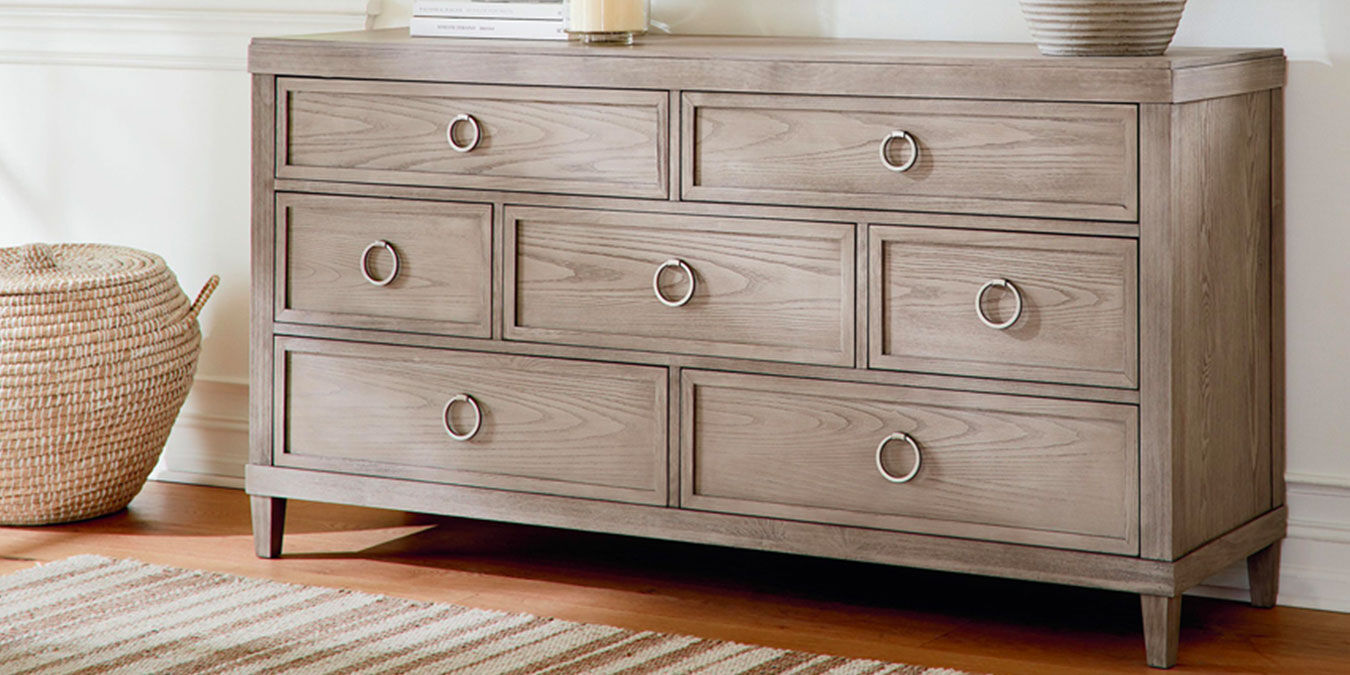
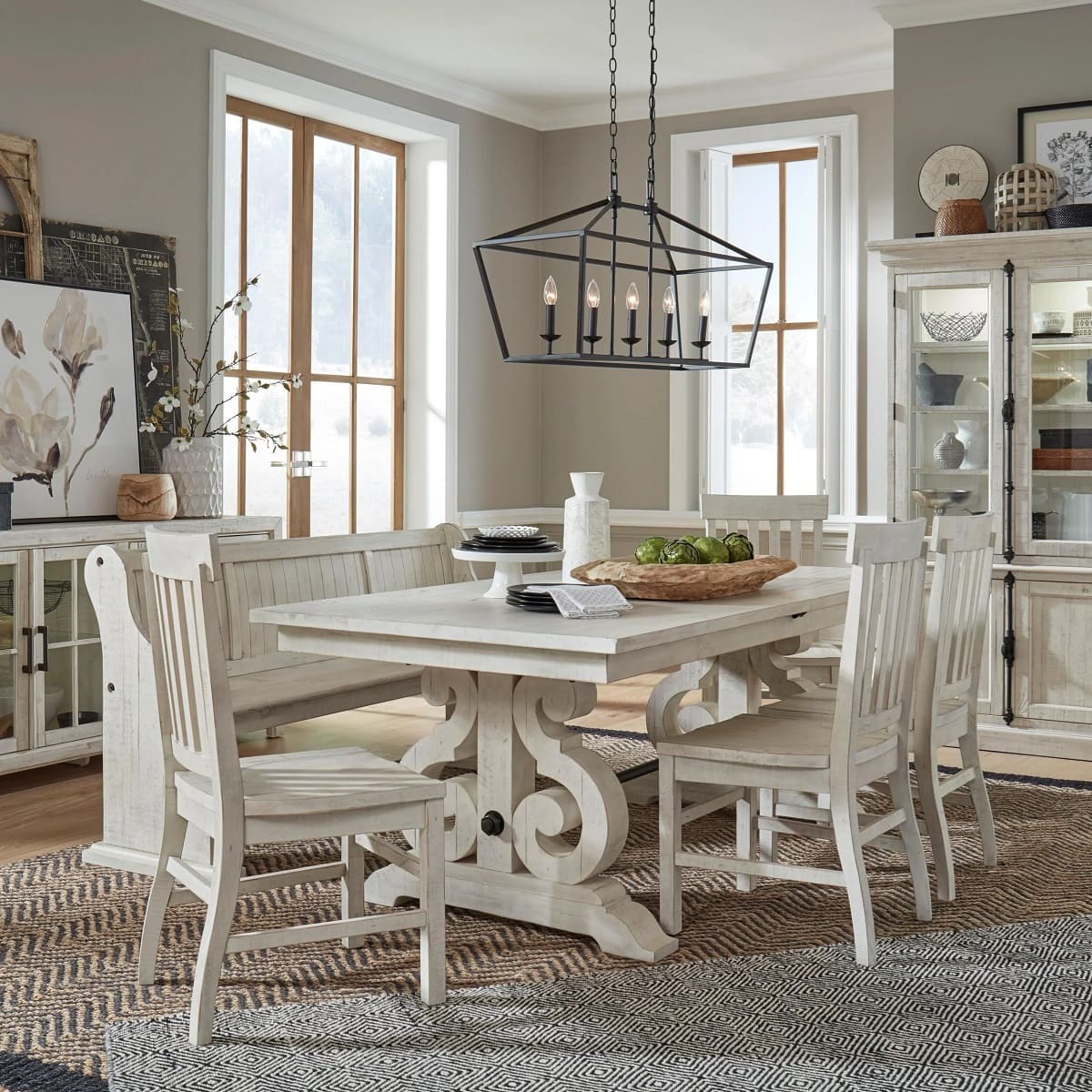
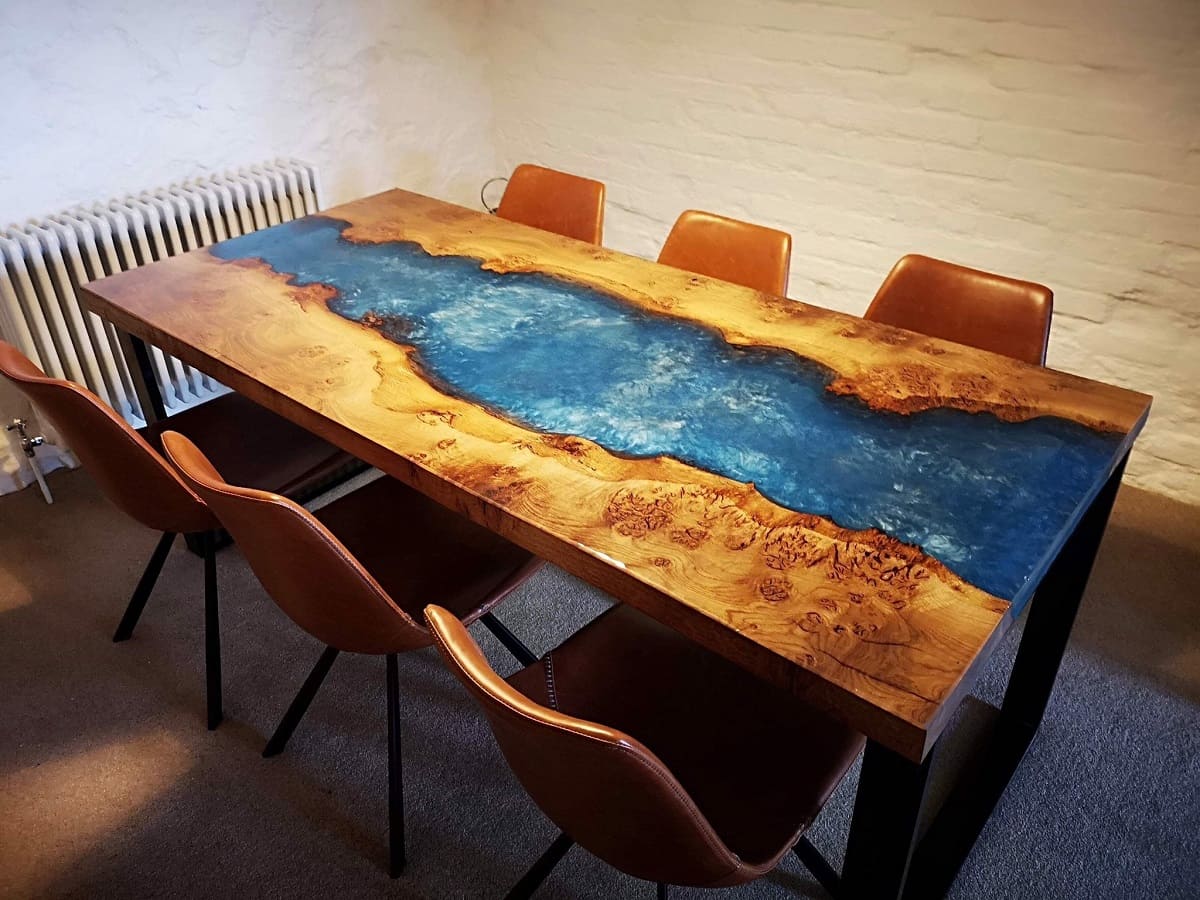
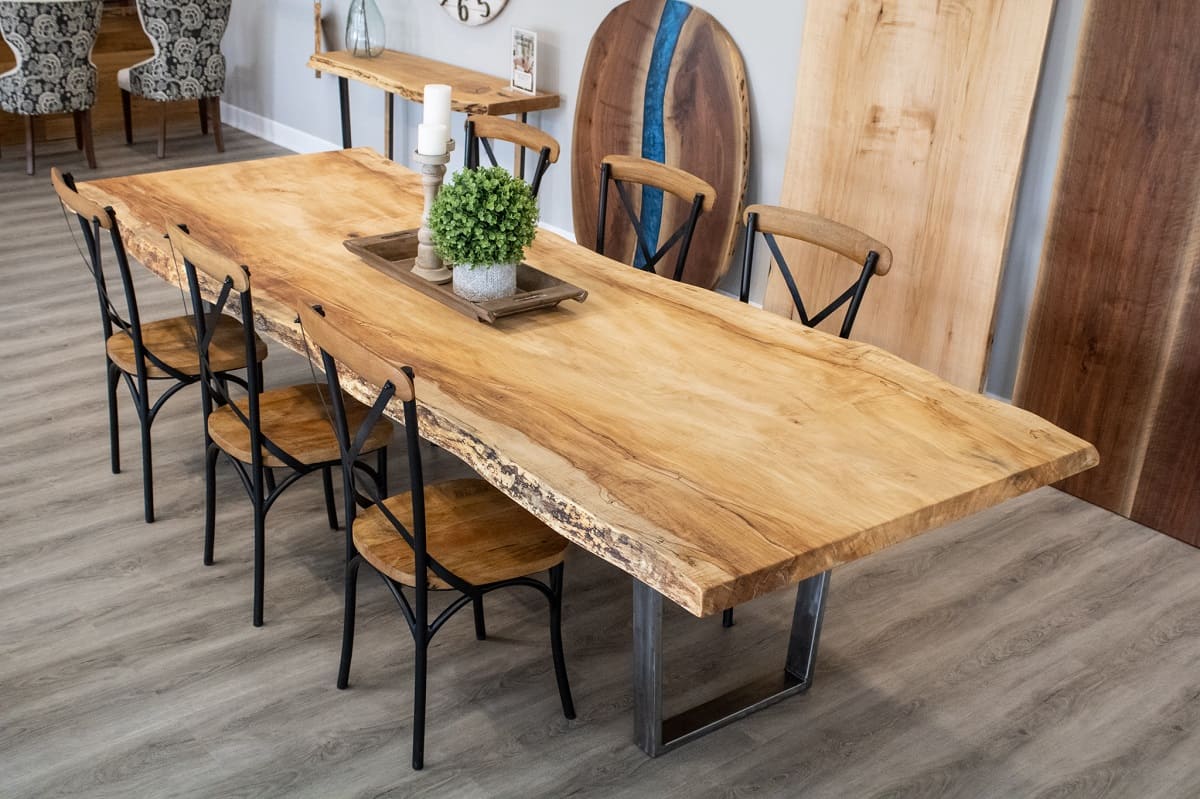
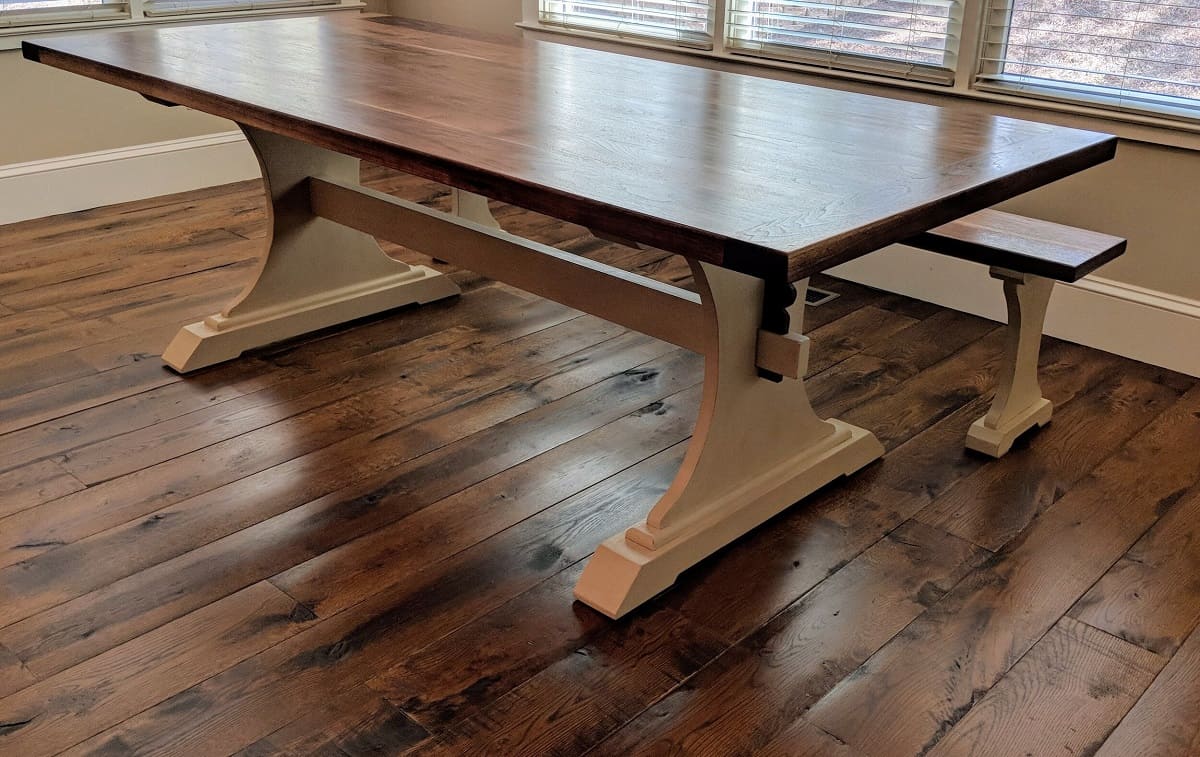
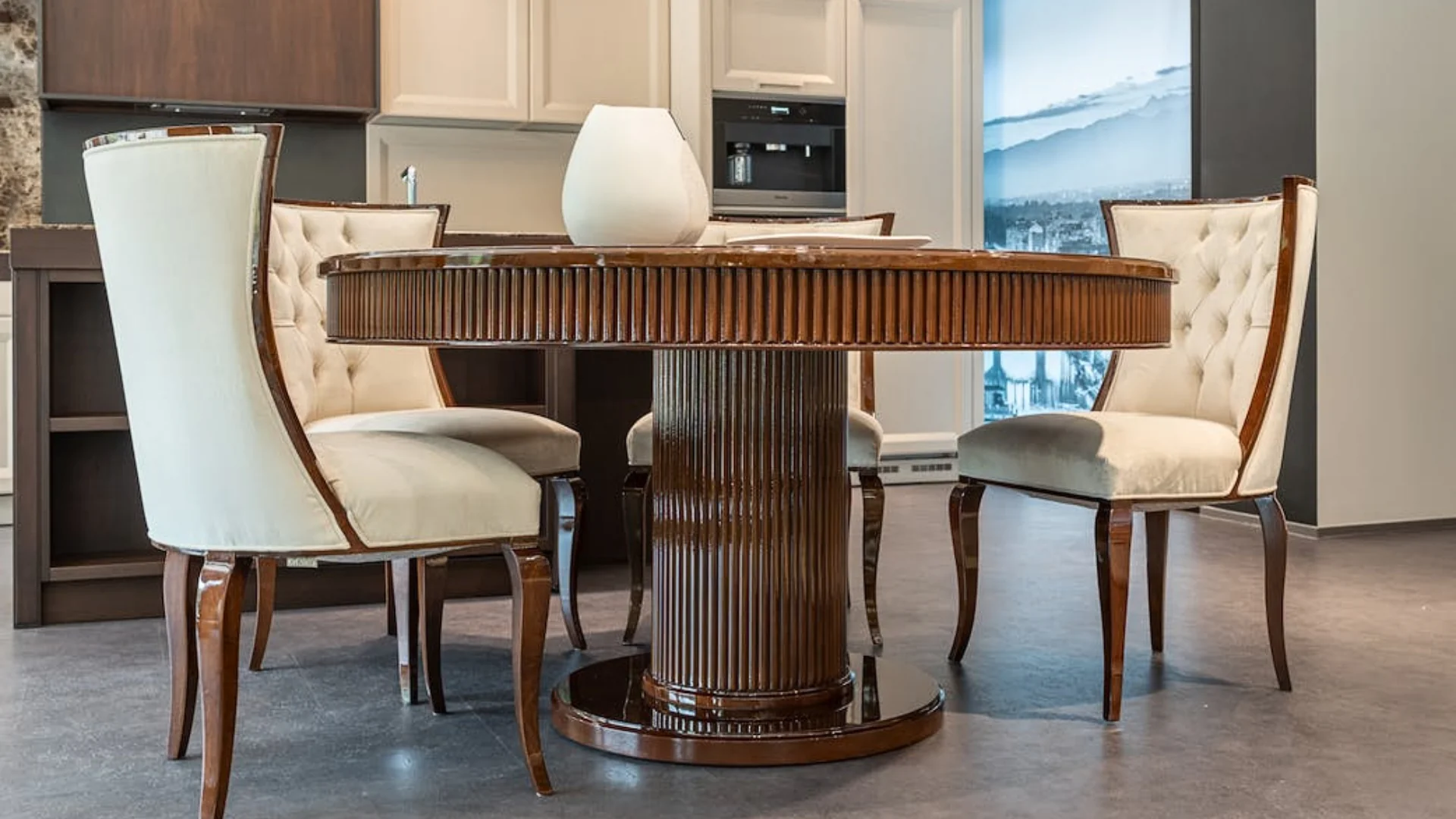
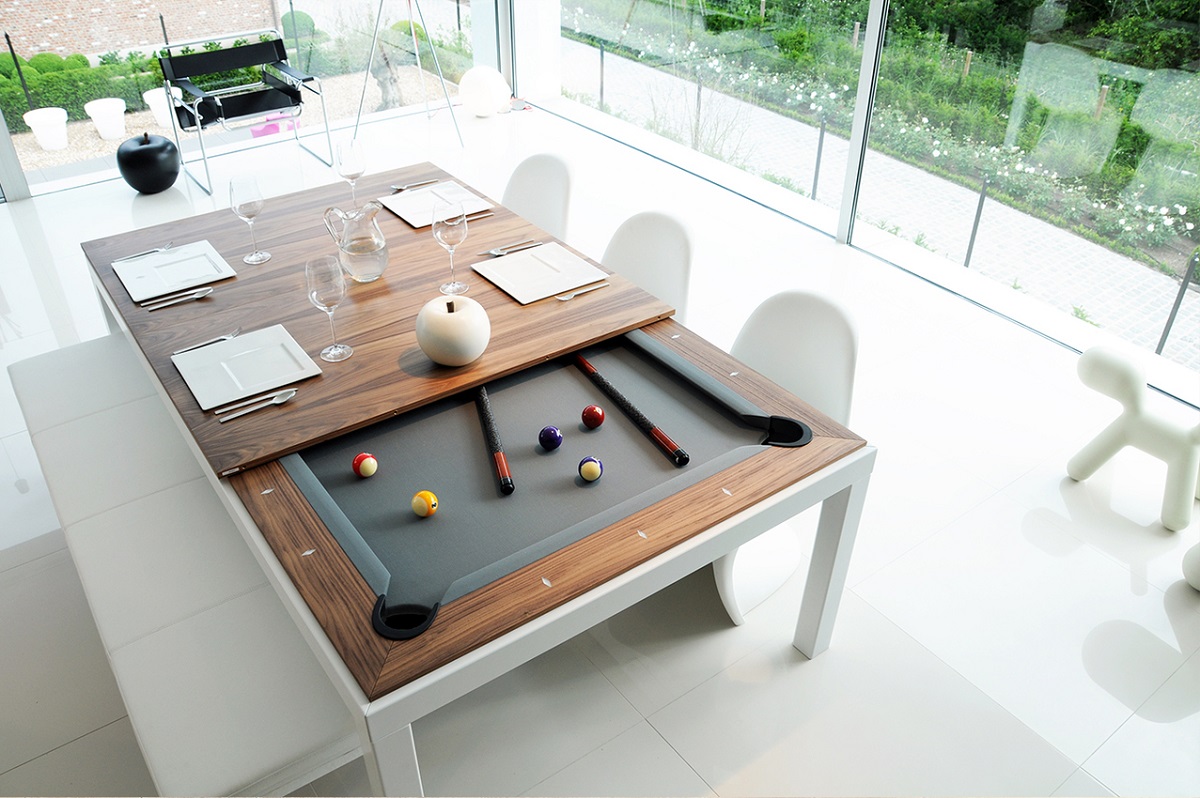

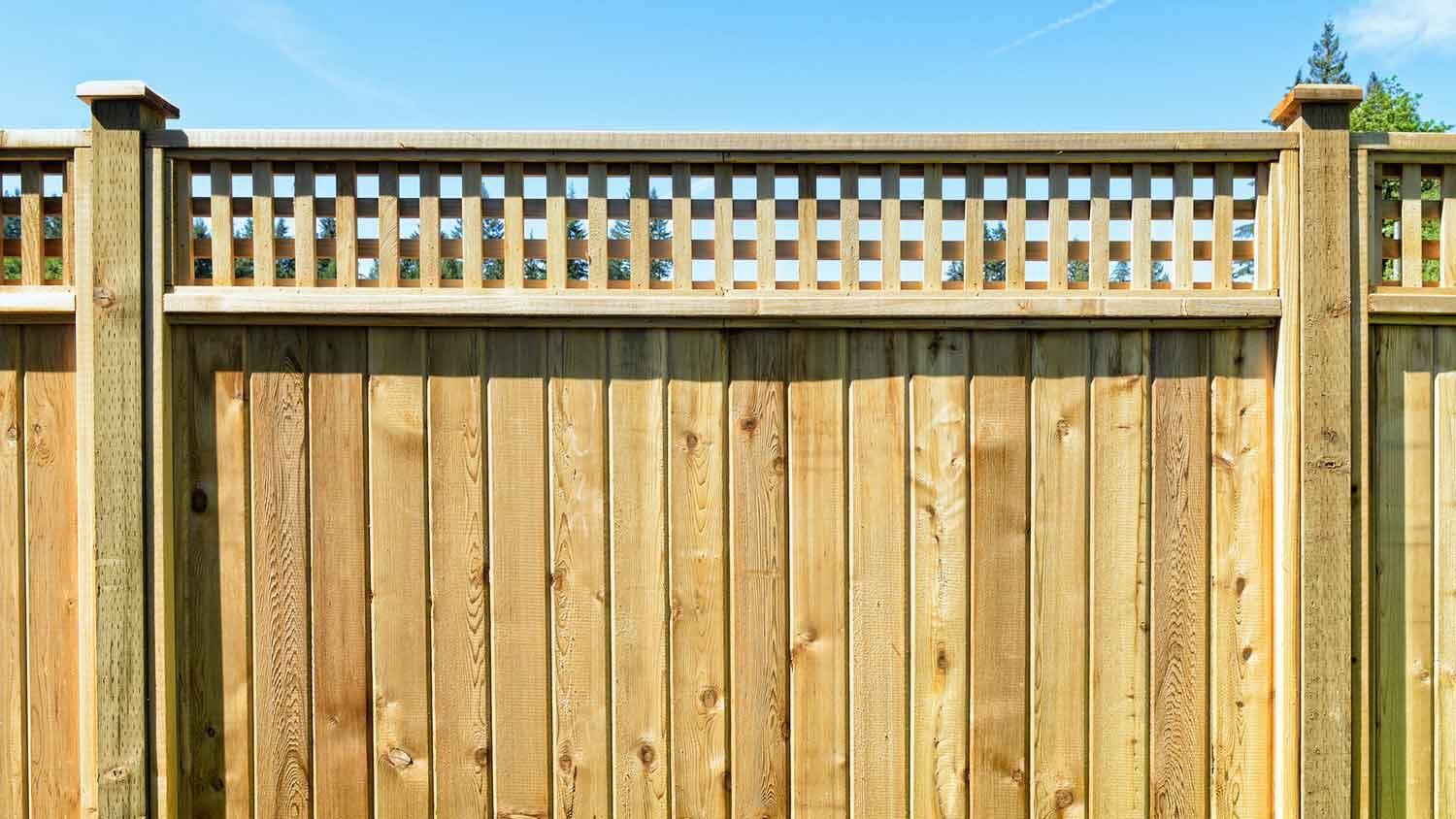
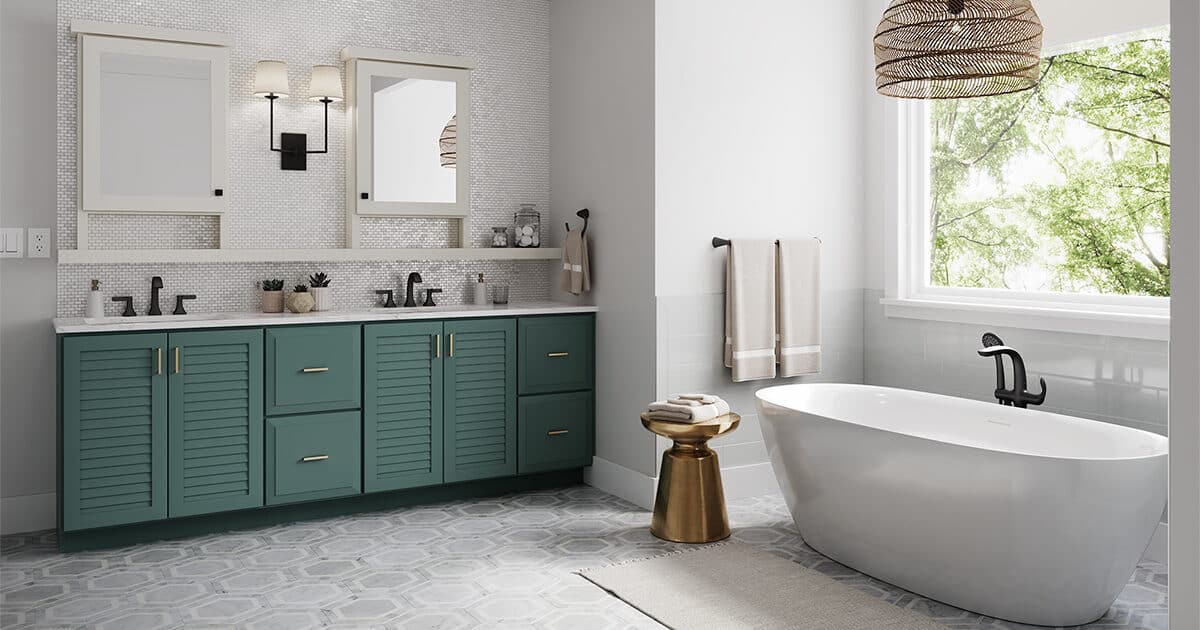
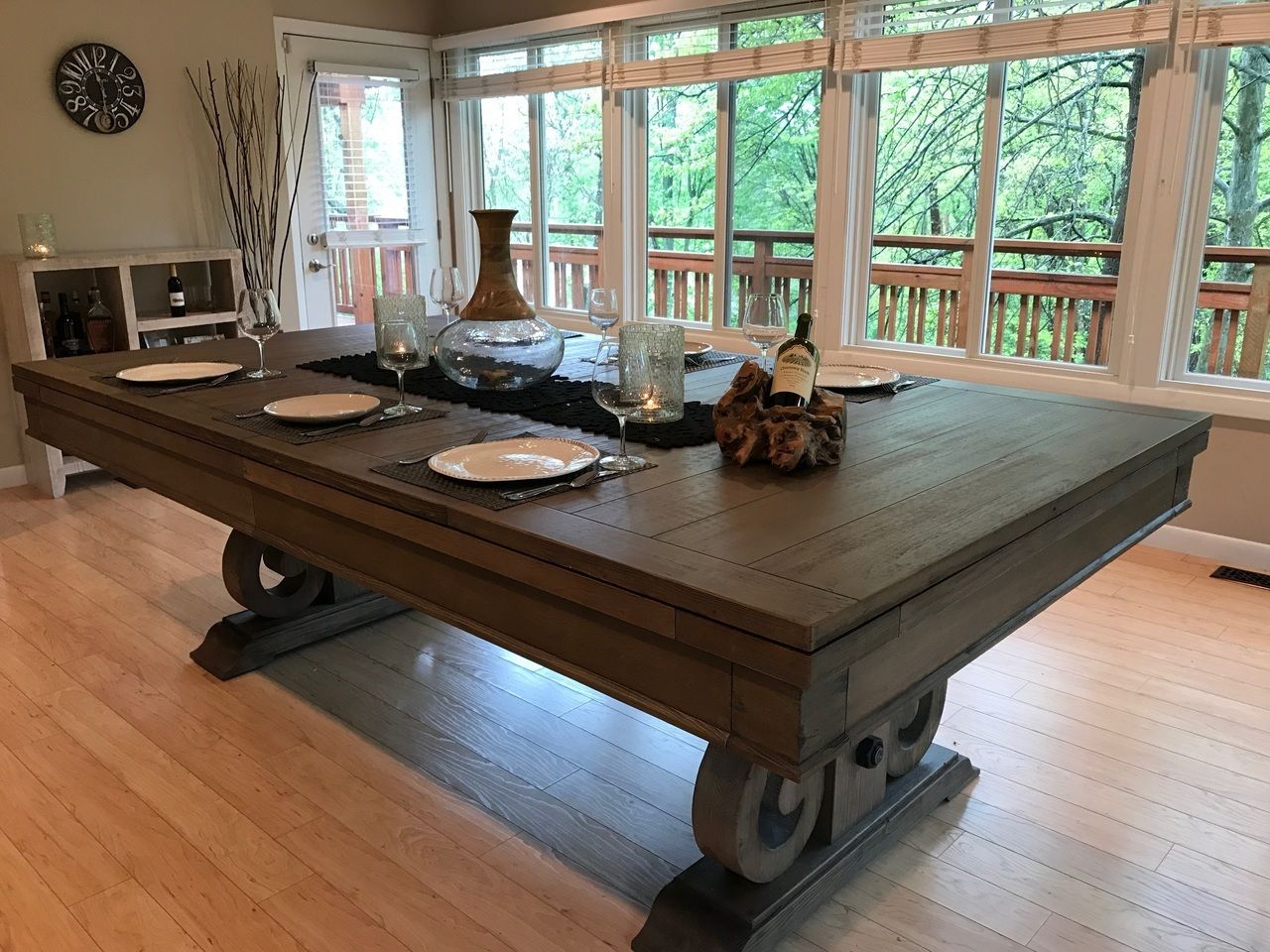
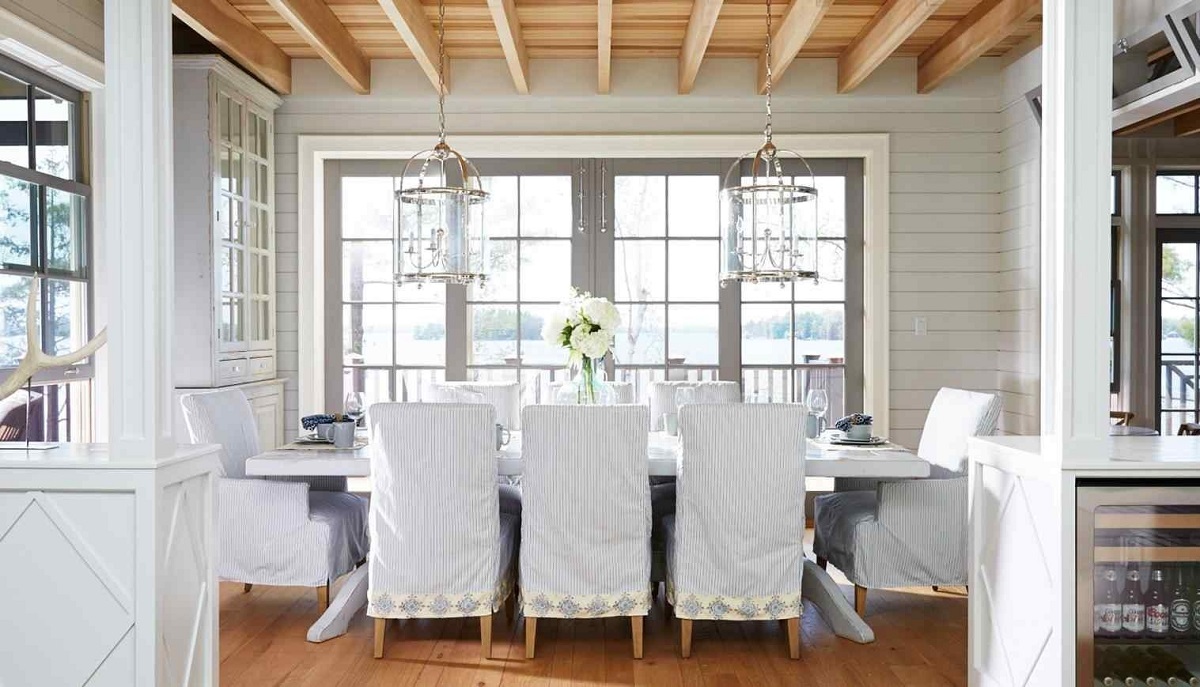
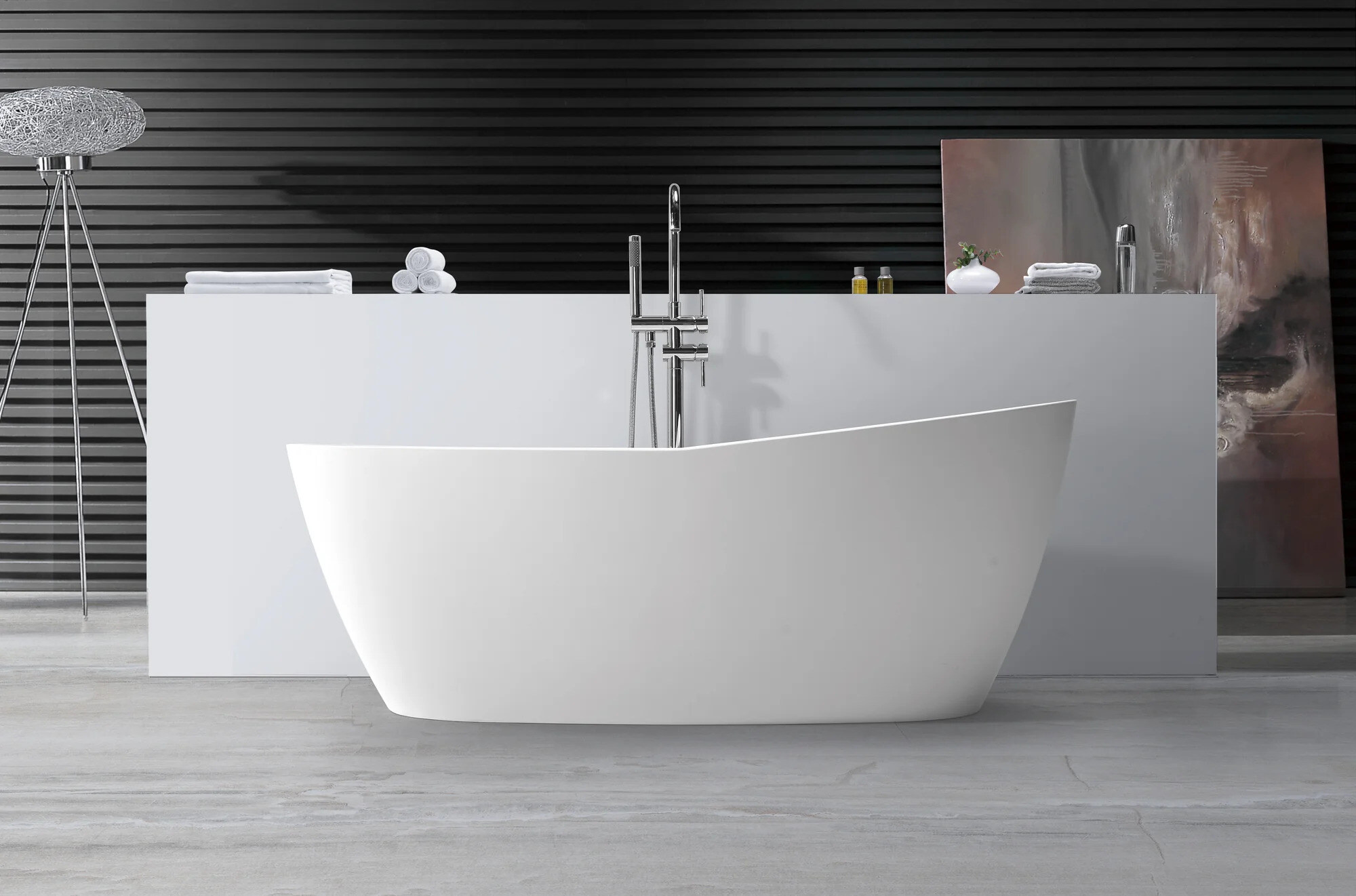
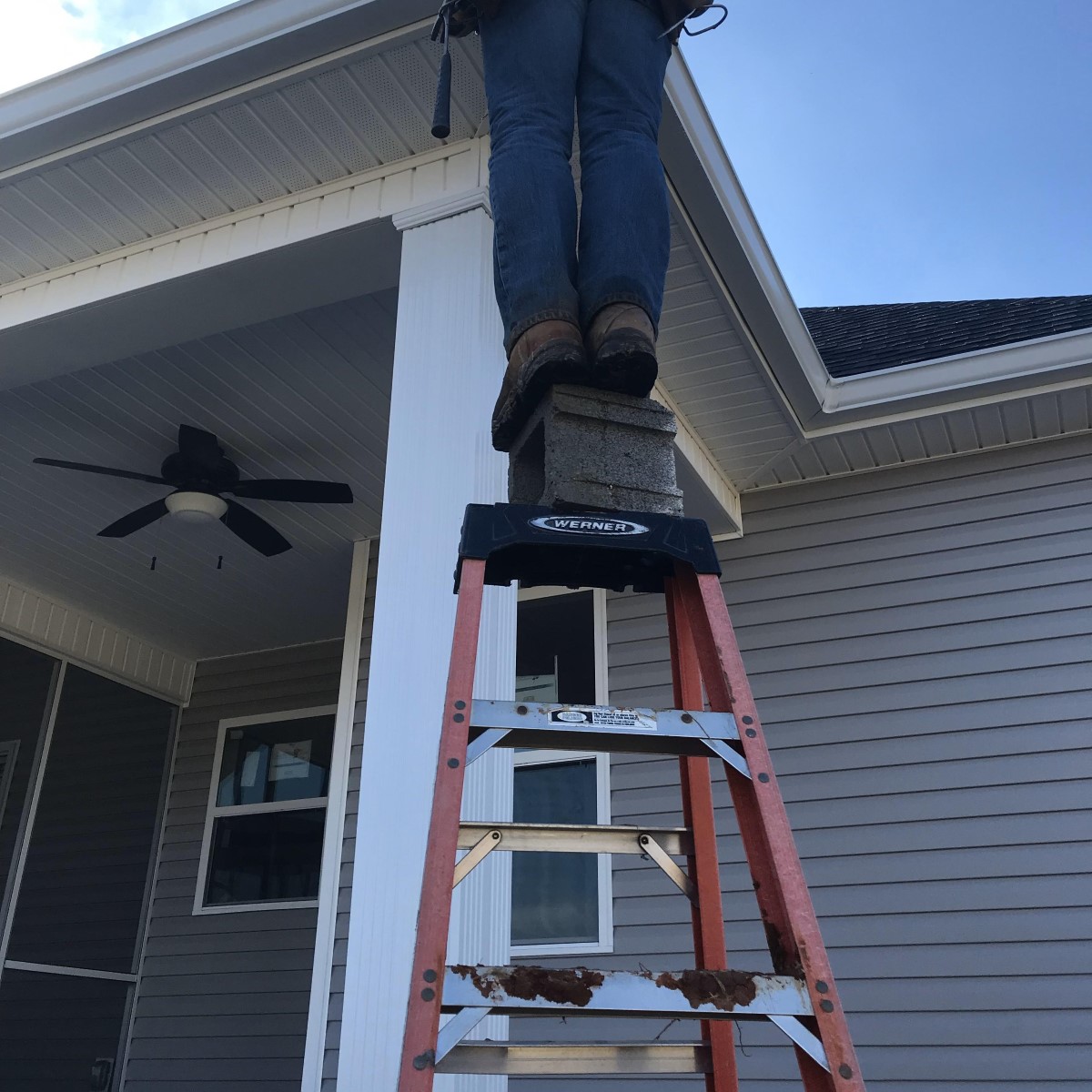

0 thoughts on “How To Make A Dining Table Taller”